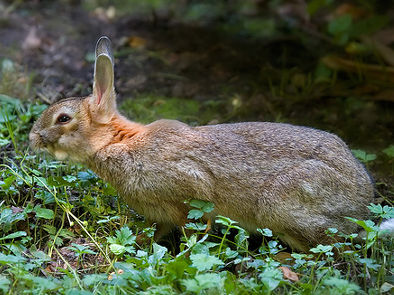Studies of connecting koala's genetic information to lead to the preservation of species will be conducted

by May Wong
Koala inhabiting Australia is a very popular animal from its pretty appearance, but in recent years the number of individuals has been decreasing due to environmental changes and diseases. Research to analyze "Koala's genetic information" is done to help such conservation of koalas.
Adaptation and conservation insights from the koala genome | Nature Genetics
https://www.nature.com/articles/s41588-018-0153-5
Koala genes might reveal how they survive a toxic diet | Popular Science
https://www.popsci.com/koala-genome
According to Rebecca Johnson , the founder and biologist of the Australian Wildlife Genome Center , the population of whole koalas in Australia is between approximately 100,000 and 600,000, varying in size and hair from region to region Because it has the color of, it can be classified into three subspecies. However, when the research team of Johnson et al. Decoded the koala genetic information, it turned out that the three subspecies are genetically one species although there are differences in appearance and the like.
Three subspecies differ in habitat environment and reproductive status, for example, koalas inhabiting southern Australia have a high inbreeding mating rate but abundant in individuals. Meanwhile, although the habitat range is narrowing due to the construction of roads in the northern part, although the number of individuals is decreasing, genetically it maintains diversity. Mr. Johnson says that the problem of lack of genetic diversity in the southern koala can be solved by moving the northern koala to the south.

by NH53
In addition, the research team not only identified the genetic diversity in the variants within the koala, but also focused on "how the species of koala itself differs from other species". It is said that the most genetically similar animals to Koalas are wombats that live only in Australia as well as koalas, so it can be guessed that the two species were genetically separated several million years ago.
The koala makes a staple food of eucalyptus leaves which are toxic to most animals, and he seems to eat leaves as small as one small lettuce on the 1st. Koala's intestine was known to inhabit microorganisms that decompose eucalyptus leaves, but this gene information analysis has made it possible for koalas to express genes involved in the production of detoxification enzymes compared to other animals I found out that I have a lot.
Furthermore, it is known that the principal moisture source of koala is eucalyptus leaf, and eucalyptus eucalyptus leaves with high water content are selected and eaten. Analysis of the genetic information performed this time also revealed that the koala has a function to evaluate the amount of water contained in the leaves based on the taste and aroma of eucalyptus leaves.

by Dave Hunt
The reason for the decrease in the number of koalas is not only the habitat reduction by human development but also the influence of diseases such as infection to Chlamydia and infection of retrovirus is very large, "When treating these diseases , The decoding of fundamental genetic information will be useful, "the research team believes. In addition, the research team concludes, "In addition to studying treatment for diseases, it is necessary to connect the habitat of genetically distant koalas to maintain genetic diversity."
Related Posts:







